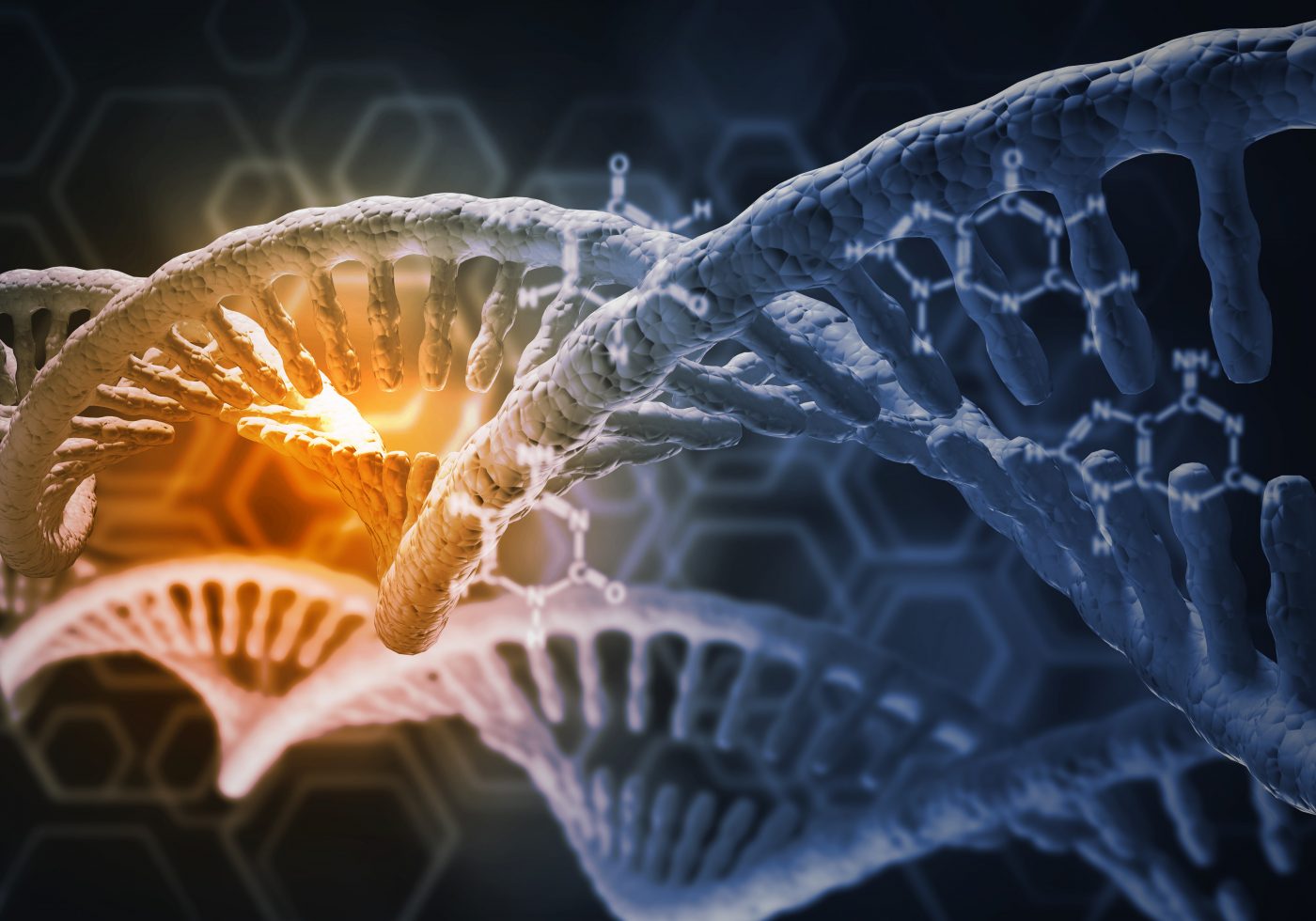Protein that Repaired Lung Fibrosis in Mice is All the RAGE

A team of researchers discovered that a protein called RAGE can fix damage inflicted to DNA molecules, and also repair lung scarring in mice.
The study reporting the findings, “Homeostatic nuclear RAGE-ATM interaction is essential for efficient DNA repair,” was published in the journal Nucleic Acids Research.
The RAGE protein, short for “receptor of advanced glycation endproducts,” is found mainly at the surface of cells where it works as a receptor capable of binding to different molecules (ligands). Dysregulation of RAGE and its ligands are known to contribute to the development of several disorders, including diabetes, Alzheimer’s disease and cancer.
Now, researchers at the Heidelberg University Hospital and the German Center for Diabetes Research discovered that the protein also can be found inside cells, in the nucleus, where DNA is stored. Here, the protein was found to be responsible for the repair of severe damages in DNA, those called double-strand breaks.
This type of damage leads to a complete break in both DNA strands that, if left unrepaired, results in cell death.
Damage to DNA is relatively frequent in our cells. Therefore, cells have key repair mechanisms, but upon their failure the conditions are set for diseases, such as aging, degeneration and scarring.
Researchers found that mice lacking RAGE due to a genetic defect developed pulmonary fibrosis. Lungs are in constant contact with the “outside world,” and are thus particularly prone to factors that induce damage. As a consequence, they require active mechanisms of DNA repair.
When the team reintroduced RAGE into the mice’s lungs, they not only rescued the lungs’ DNA repair mechanisms, but also the scarring (fibrosis); the lungs’ scar tissue regenerated and re-acquired part of its function.
“This is astonishing in that fibrosis has so far been considered irreversible. With RAGE, we could for the first time have found a possible starting point to cure this frequent tissue damage,” Peter Nawroth, MD, medical director of the Department of Endocrinology, Metabolism and Clinical Chemistry at Heidelberg University Hospital, and the study’s lead author, said in a press release.
“Many questions – e.g. how this healing works in detail – are still unanswered” Nawroth added.
Varum Kumar, the study’s first author, concluded “For the first time ever, molecular therapy for the repair of damage to the lungs caused by genes and cells and thus for the prevention of fibrosis or tumors, which also occur as a result of DNA damage, may be within reach.”
Now researchers aim to investigate the role of the RAGE protein in fibrosis of other organs, namely the liver and kidney, and unveil its potential therapeutic use in fibrosis.







